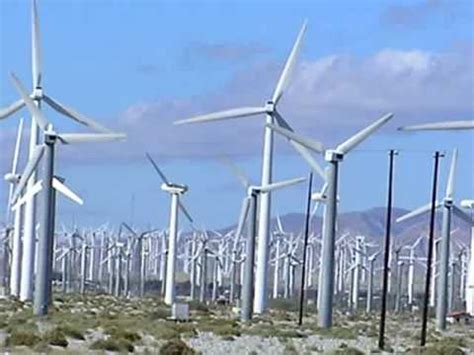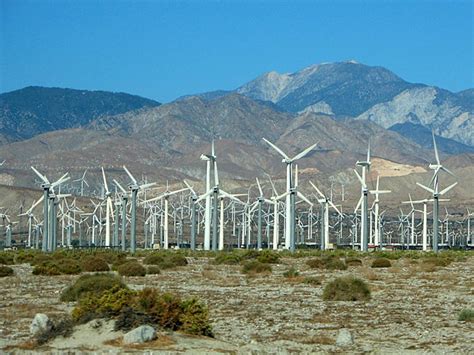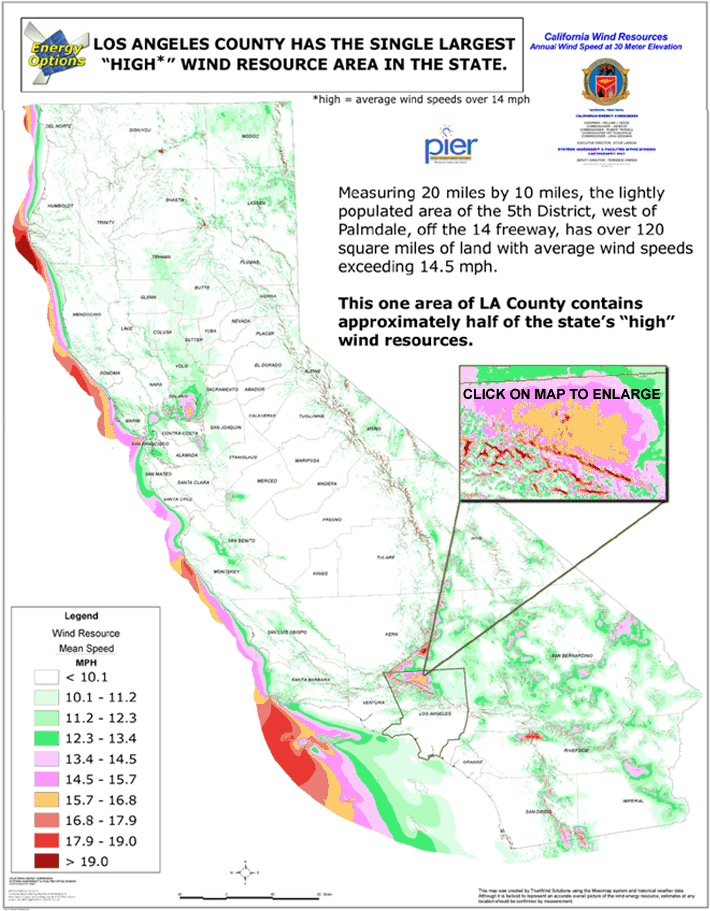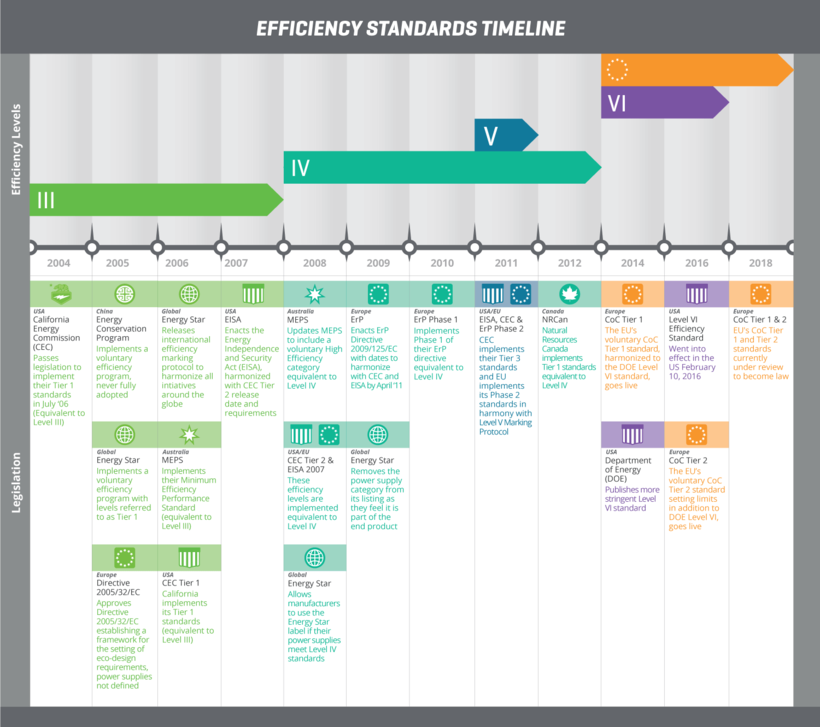California, known for its forward-thinking approach to environmental sustainability, has been at the forefront of wind energy power generation in the United States. With its vast landscapes and favorable climate conditions, the state has become an ideal location for harnessing wind energy. The integration of wind power into California's energy mix is not only a response to the growing demand for renewable energy but also a strategic move to reduce the state's reliance on fossil fuels and mitigate climate change.
The history of wind energy in California dates back to the 1980s, when the first wind farms were established in the Altamont Pass and the Tehachapi Mountains. Since then, the industry has experienced significant growth, with wind energy contributing substantially to the state's renewable energy portfolio. As of 2022, California's wind energy capacity stands at approximately 6,400 megawatts (MW), with plans for further expansion to meet the state's ambitious renewable energy targets.
Key Points
- California aims to achieve 100% carbon neutrality by 2045, with wind energy playing a crucial role in this transition.
- The state's wind energy capacity has grown significantly over the years, with a current capacity of around 6,400 MW.
- Wind farms in California are primarily located in the Altamont Pass, the Tehachapi Mountains, and the San Gorgonio Pass.
- The integration of wind energy into the grid poses challenges, including intermittency and the need for energy storage solutions.
- Technological advancements and economies of scale are expected to drive down the cost of wind energy, making it more competitive with fossil fuels.
Wind Energy Landscape in California

The wind energy landscape in California is characterized by its diverse geography, which offers a wide range of wind conditions suitable for power generation. The Altamont Pass, located in the eastern part of the San Francisco Bay Area, is one of the oldest and largest wind farms in the state, with over 4,800 turbines. The Tehachapi Mountains, situated in Kern County, are another major hub for wind energy production, with numerous wind farms operating in the area. The San Gorgonio Pass, near Palm Springs, also hosts several significant wind farms, contributing to the state’s wind energy output.
Technological Advancements and Innovations
Technological advancements have played a pivotal role in enhancing the efficiency and reducing the cost of wind energy in California. Larger, more efficient turbines with advanced blade designs have increased energy production while minimizing visual impact and environmental concerns. The development of floating offshore wind turbines is also being explored, which could potentially unlock new areas for wind energy production off the California coast. Furthermore, innovations in energy storage, such as batteries, are crucial for addressing the intermittency of wind energy, ensuring a stable and reliable supply of electricity to the grid.
| Wind Farm | Location | Capacity (MW) |
|---|---|---|
| Altamont Pass Wind Farm | Alameda County | 576 |
| Tehachapi Wind Resource Area | Kern County | 3,300 |
| San Gorgonio Pass Wind Farm | Riverside County | 615 |

Challenges and Opportunities

Despite the growth and potential of wind energy in California, several challenges need to be addressed. The intermittency of wind power, which is dependent on weather conditions, poses a significant challenge to grid stability and reliability. The development of cost-effective energy storage solutions is crucial to mitigate this issue. Additionally, the visual impact and potential environmental effects of large-scale wind farms must be carefully managed through stringent planning and regulatory frameworks. On the other hand, the opportunities presented by wind energy are substantial, including job creation, rural economic development, and a significant reduction in greenhouse gas emissions.
Policy and Regulatory Framework
The policy and regulatory framework in California has been instrumental in supporting the development of wind energy. The state’s Renewable Portfolio Standard (RPS), which mandates that 60% of the state’s electricity come from renewable sources by 2030, has driven investment in wind and other renewable energy technologies. Additionally, programs such as the California Energy Commission’s (CEC) New Solar Homes Partnership and the Self-Generation Incentive Program (SGIP) have provided financial incentives for the adoption of renewable energy systems, including wind power. The integration of wind energy into the grid is also facilitated by the California Independent System Operator (CAISO), which manages the flow of electricity across the state.
What is the current wind energy capacity in California?
+As of 2022, California's wind energy capacity stands at approximately 6,400 megawatts (MW).
Where are the primary locations for wind farms in California?
+The primary locations for wind farms in California include the Altamont Pass, the Tehachapi Mountains, and the San Gorgonio Pass.
What are the main challenges facing the integration of wind energy into California's grid?
+The main challenges include the intermittency of wind power and the need for cost-effective energy storage solutions to ensure grid stability and reliability.
In conclusion, wind energy power in California represents a significant component of the state’s transition towards a more sustainable and environmentally conscious energy future. With its strong policy support, technological advancements, and favorable geographical conditions, California is poised to continue leading the way in wind energy development. As the state moves forward with its ambitious renewable energy goals, addressing the challenges associated with wind energy integration while capitalizing on its vast potential will be crucial for achieving a cleaner, more resilient energy system for generations to come.



